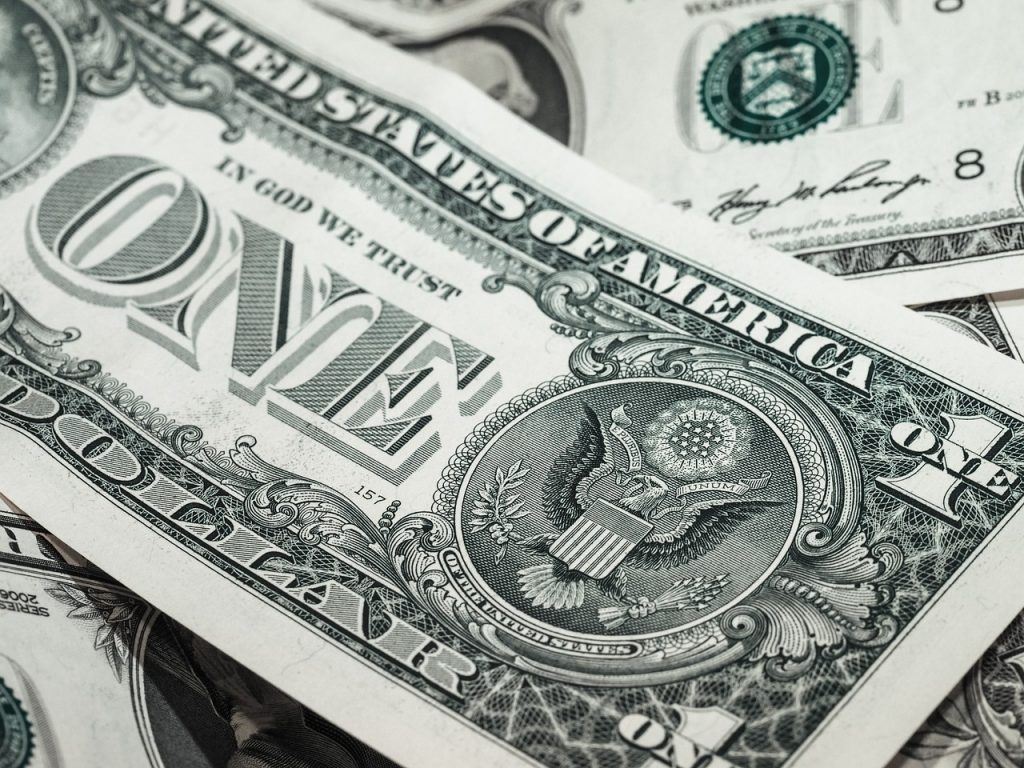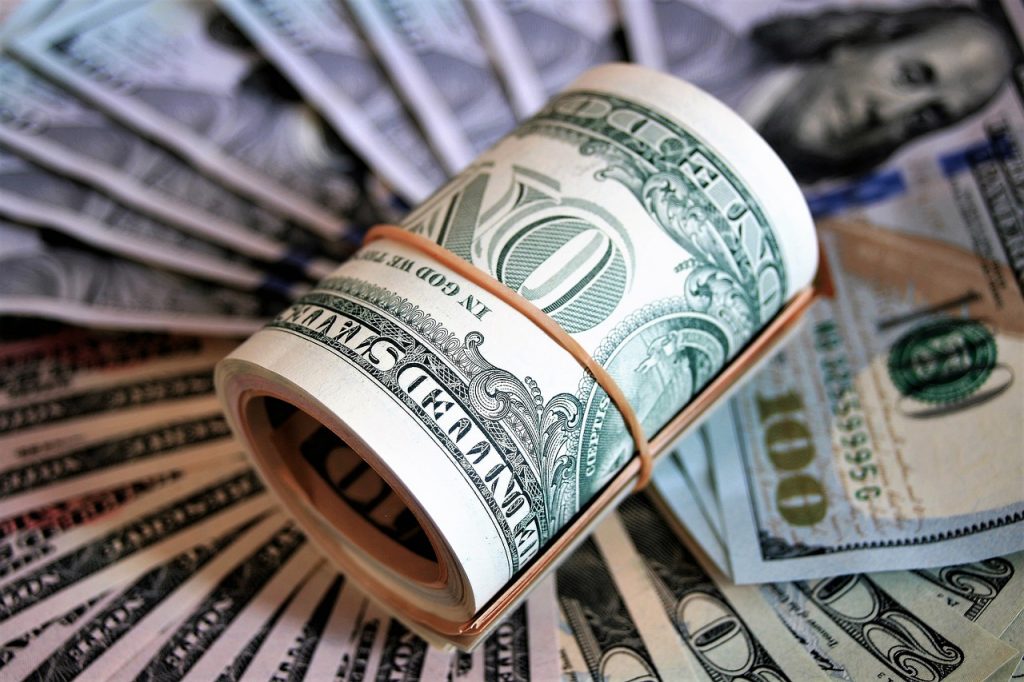The US Dollar Is Facing A Major Change
The US dollar could change in ways that will have you rethinking the way you spend your money.
This article is more than 2 years old

Cryptocurrency and decentralized banking have grown to become almost synonymous with the future of finance. As obscure or perplexing as those things sound now, they are reaching an apex that will leave them poised to completely take over currency as we know it. According to CNN, in response to this emerging wave of internet-based currencies, the Federal Reserve has begun devising a way to turn the US dollar digital.
A transcript of a discussion that took place at the Federal Reserve on January 21, 2022, gave insight into the agency’s thoughts regarding an official digitized version of the US dollar. The transcript revealed that the Federal Reserve tossed around ideas about how a digital dollar could offer ways to speed up transactions and improve payment safety. However, as exciting as this may sound, there are no plans to put it into motion any time soon.
The Federal Reserve asserted that they couldn’t even think about making a digital US dollar without support from Congress, which is support that, at present, they just don’t have. The agency also cited that while there are clear benefits attached to introducing an official form of US-denoted digital currency, there are also obvious drawbacks. They specifically cited challenges related to maintaining financial stability. Their thoughts are warranted. Cryptocurrencies are especially susceptible to market volatility because of their decentralized status.
The lack of feasibility, currently, behind making the US dollar digital didn’t stop those in the bureau from tossing around thoughts as to how it would actually work. The key takeaway from their brainstorming is that a new US digital dollar would not really be new. The dollar would remain firmly attached to the Unites States’ current centralized banking system.

Additionally, the currency would be intermediated much how banks handle our “physical” money today. This means that you would have an account with a bank insured by the Federal Reserve to “house” your digital dollars. What remains unclear, however, is if you will be able to keep your digital monies in the same account as you would traditional dollars, and/or if it would be possible to transfer these different but similar types of dollars between accounts. These are hazy areas that would need to be ironed out should the Federal Reserve ever receive enough congressional support to move the idea of a digitized US dollar forward.
Moreover, an interesting area where the digital dollar would differ from our existing one is how much influence an individual would have directly on the Federal Reserve. Today, an individual US citizen’s influence on the global value of the dollar is not even negligible at best, it is virtually non-existent. A digital dollar would serve as a conduit for individuals to actually affect the value of the dollar to a greater degree.
Despite the improbabilities surrounding the actual development and implementation of a digital version of the US dollar, the Federal Reserve’s forward-thinking did not come out of a vacuum. In addition to the increasing presence of decentralized cryptocurrencies, other countries have also begun to explore developing digital currencies of their own. The Atlantic Council asserted that a total of 90 countries are considering adding digital currency to their existing centralized systems.







